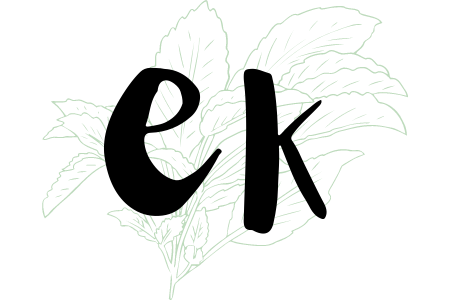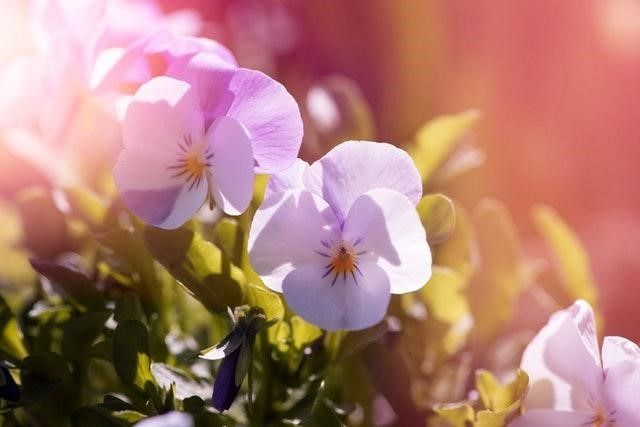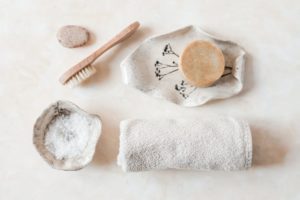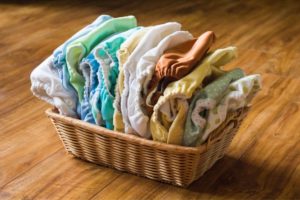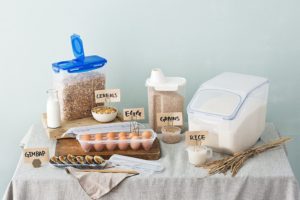Spring is the season of new beginnings and Earth Day, so there’s no better time in our minds to finally get into gardening. Plants are really having a moment. Everyone and their dog is posting pictures on Instagram of their various succulents, ferns, palms, and other trendy houseplants. But you are not a trend follower– you are a trendsetter. Your love of all things carbon dioxide-absorbing/oxygen-releasing cannot be contained just indoors. You deserve your very own spring flower garden.
What You Need
When you are starting out with your garden, there are a few things you should go ahead and have on hand. A hoe and a rake allow you to clear out your patch and remove thatch or debris. A spade, garden fork, and a hand weeder are also mighty handy when it comes to preparing the earth and removing weeds. You should also invest in a soaking hose as well as something you can use to haul around mulch or soil– a basket, bucket, or wheelbarrow should do the trick. Finally, it’s always wise to have your own gardening gloves and some sort of sun protection for your face and neck– a big ol’ floppy hat is a popular choice to consider.
Checklist
[icon_list] [icon_list_item type=”check-square-o”]Hoe[/icon_list_item] [icon_list_item type=”check-square-o”]Rake[/icon_list_item] [icon_list_item type=”check-square-o”]Spade[/icon_list_item] [icon_list_item type=”check-square-o”]Garden Fork[/icon_list_item] [icon_list_item type=”check-square-o”]Hand Weeder[/icon_list_item] [icon_list_item type=”check-square-o”]Soaking Hose[/icon_list_item] [icon_list_item type=”check-square-o”]Basket, Bucket, or Wheelbarrow[/icon_list_item] [icon_list_item type=”check-square-o”]Gardening Gloves[/icon_list_item] [icon_list_item type=”check-square-o”]Sun Protection[/icon_list_item] [/icon_list]
Are You Exposed?
Before deciding what kinds of plants you want to buy, you need to evaluate the level of sun exposure on the land you want to plant on. Some plants can handle a full eight hours of beating sun day in and day out, but more delicate flora needs shade. Spend some time studying the light patterns around your home, and choose plants that will thrive in that environment.
You may find that parts of your yard receive more sunlight than others. You can plan your garden accordingly by using full-sun plants along the border that soak up heat and light while helping to shield plants that prefer shade. Scour gardening magazines and Pinterest for inspiration on planning your flowerbed.
More Gardening Tips for Beginners:
- Start a compost pile to enrich your soil. Figure out where you can put it in your yard, and create some sort of barrier or buy a container to hold it. Use kitchen scraps and gardening waste to start your pile, and in a few months, you will have dark and nutrient-rich compost you can use to feed your flowers.
- Most pesticides are harmful on the environment— consider the EU’s recent ban on any pesticide that can harm bees. But it’s not just the bees; most pesticides put you, your children, your pets, and your neighborhood water supply at risk. Instead, use organic pesticides like lime sulfur and tobacco water that repel bugs without poisoning everything around them.
- Herbicides are great for suppressing weeds, but if you use them in a garden with seedlings, new flowers will never sprout. Wait until your seeds have had time to grow before using this form of weed control.
- Look into plants that are native to your area. Native plants need less water and upkeep, and they are more likely to survive in the soil your home provides. Plus, they are more likely to attract local wildlife including birds, bees, and all the other pollinators that will help your garden continue to thrive season after season.
[line]
Give back to Mother Earth this spring by using your little patch of land to plant a garden. It doesn’t take much to get started– a hoe, rake, spade, garden fork, and hand weeder are about the only tools you need at first (you also need a soaking hose, a wheelbarrow, and clothing that protects you from the elements).
When planning your flowerbed, take the amount of sun expose into account and use heartier plants to protect the more delicate ones. Finally, be mindful with how you treat this little plot. Be careful with any poisons you think about using and nourish the soil with compost made from scraps of organic matter.
Finally, using native flora will increase your chances of gardening success while honoring where you are… it’s a choice worth consideration!
[line]
This article was contributed by Gus Stewart, a fellow Earth and Gardening Enthusiast. You can read more of his work and see what else he is up to on his website gardenable.org.
